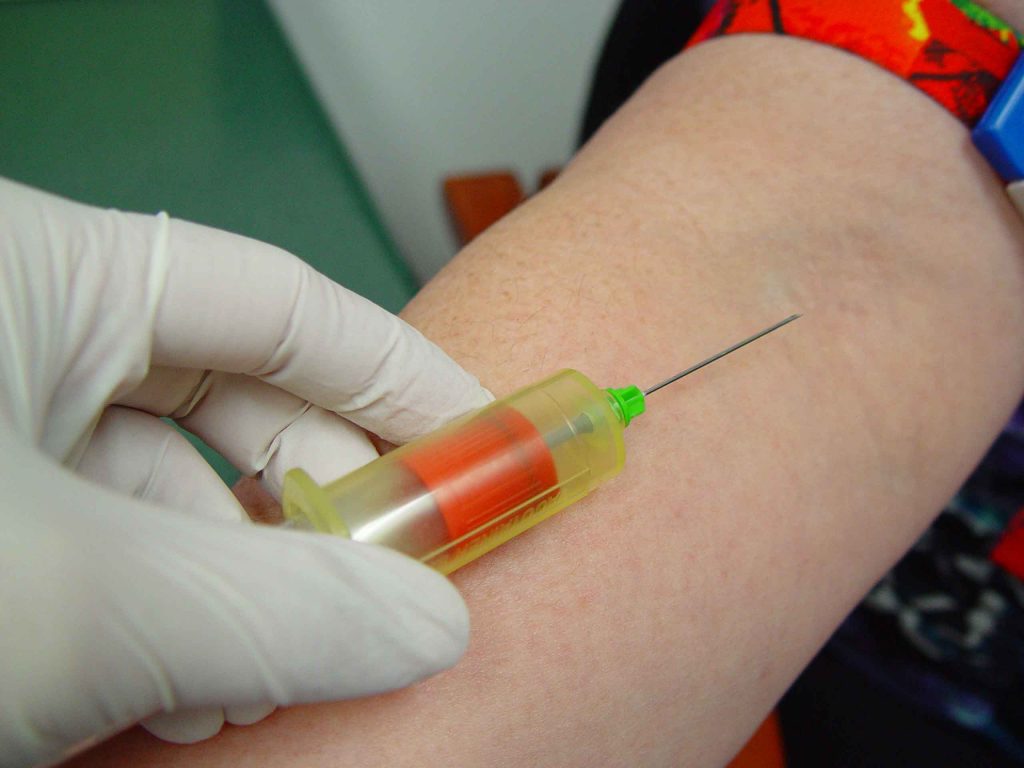22nd June 2019, Dr Chee L Khoo
It is standard to measure blood lipids after an 8-12 hour fast. Pretty much all our guidelines for management of cardiometabolic conditions are based on these fasting blood levels. The actual reading is important because it guides us to determine whether a patient is commenced on a statin or not. Do meals affect lipid levels? Do non-fasting lipid levels correlate well with atherosclerotic cardiovascular disease (ASCVD)? Recent studies suggest that non-fasting lipid measurements are as good as, if not better than, fasting readings in their associations with atherosclerotic cardiovascular disease (ASCVD) (1,2).
The evidence
The original 2003 Anglo-Scandinavian Cardiac Outcomes Trial–Lipid Lowering Arm (ASCOT-LLA) was a randomised, double-blinded, placebo controlled clinical trial that tested whether 10mg/day of atorvastatin or placebo in patients at high risk for ASCVD could reduce the rates of incident coronary events (3). Participants were adults 40-79 years old with hypertension, total cholesterol of > 6.5 mmol/L and 3 additional ASCVD risk factors. The trial was terminated prematurely at 3.3 years when it was clear that atorvastatin reduced the risk of coronary events by 36%.
In the trial, every patient had non-fasting blood testing 4 weeks prior to randomisation for the trial. The same patient then had the fasting blood tests used as baseline for the trial. How convenient. This gives researchers an opportunity to compare whether meals affect the readings and explore the association of non-fasting and fasting lipid levels with coronary and vascular outcomes. They also evaluated whether using non-fasting would result in misclassification of risk for individuals undergoing evaluation for initiation of statin therapy.
When they analysed the data, Mora S et al found that compared with fasting samples, non-fasting samples obtained from the same individuals had modestly higher triglyceride levels and negligible differences in total, LDL, and HDL cholesterol levels (4). In other words, meals did not result in higher total cholesterol, LDL and HDL-cholesterol levels. In the original ASCOT-LLA trial, patients with triglyceride levels >4.5 mmol/L were excluded from the ASCOT-LLA trial. So, the results do not apply to patients with extreme high triglyceride levels.
Do non-fasting lipid measurements correlate with cardiovascular events?
We already know that fasting levels of LDL and non-HDL cholesterol and the ratio of total to HDL cholesterol were positively associated and HDL cholesterol level was inversely associated with coronary events. In this study, non-fasting levels were similarly associated. The magnitude of the associations with cardiovascular event were similar between fasting and non-fasting lipid levels.
This study confirms previous similar studies that non-fasting lipid levels are equally associated with cardiovascular events (1,2, 5-7). Based on these findings, a number of international guidelines now recommend non-fasting lipid levels for routine cardiovascular care and treatment decisions:
- 2018 European Atherosclerosis Society and the European Federation of Laboratory Medicine Consensus Statements
- 2016 Canadian Hypertension Education Program guidelines for blood pressure measurement, diagnosis, assessment of risk prevention, and treatment of hypertension
- 2018 ACC/AHA cholesterol guidelines
Fasting for lipid testing can sometimes be risky for our elderly patients and patients on hypoglycaemic agents including insulin therapy. Up to 1 in 4 patients experience a hypoglycaemic events en route to have their blood test (8,9). Meals do not seem to affect lipid levels except for triglycerides. As meals may elevate triglyceride levels, If they are elevated, a repeat fasting sample may be necessary before making decisions on treatment.
References:
- Mora S, Rifai N, Buring JE, Ridker PM. Fasting compared with nonfasting lipids and apolipoproteins for predicting incident cardiovascular events. Circulation. 2008;118(10):993-1001. doi:10.1161/CIRCULATIONAHA.108.777334
- Langsted A, Freiberg JJ, Nordestgaard BG. Fasting and nonfasting lipid levels: influence of normal food intake on lipids, lipoproteins, apolipoproteins, and cardiovascular risk prediction. Circulation. 2008;118(20):2047-2056. doi:10.1161/ CIRCULATIONAHA.108.804146
- Sever PS, Dahlöf B, Poulter NR, et al; ASCOT investigators. Prevention of coronary and stroke events with atorvastatin in hypertensive patients who have average or lower-than-average cholesterol concentrations, in the Anglo-Scandinavian Cardiac Outcomes Trial–Lipid Lowering Arm (ASCOT-LLA): a multicentre randomised controlled trial. Lancet. 2003;361 (9364):1149-1158. doi:10.1016/S0140-6736(03) 12948-0
- Samia Mora, MD, MHS; C. Lan Chang, PhD; M. Vinayaga Moorthy, PhD; Peter S. Sever, PhD, FRCP. Association of Nonfasting vs Fasting Lipid Levels With Risk of Major Coronary Events in theAnglo-Scandinavian Cardiac Outcomes Trial–Lipid LoweringArm. JAMA Intern Med. doi:10.1001/jamainternmed.2019.0392
- Di Angelantonio E, Sarwar N, Perry P, et al; Emerging Risk Factors Collaboration. Major lipids, apolipoproteins, and risk of vascular disease. JAMA. 2009;302(18):1993-2000. doi:10.1001/jama.2009.1619
- Doran B, Guo Y, Xu J, et al. Prognostic value of fasting versus nonfasting low-density lipoprotein cholesterol levels on long-term mortality: insight from the National Health and Nutrition Examination Survey III (NHANES-III). Circulation. 2014;130(7):546-553. doi:10.1161/CIRCULATIONAHA.114.010001
- Sidhu D, Naugler C. Fasting time and lipid levels in a community-based population: a cross-sectional study. Arch Intern Med. 2012;172(22):
- Aldasouqi S, Sheikh A, Klosterman P, et al. Hypoglycemia in patients with diabetes on antidiabetic medications who fast for laboratory tests. Diabetes Care. 2011;34(5):e52. doi:10.2337/dc10-2402
- Aldasouqi S, CorserW, Abela G, et al. Fasting for lipid profiles poses a high risk of hypoglycemia in patients with diabetes: a pilot prevalence study in clinical practice. Int J Clin Med. 2016;7(10):653-667. doi:10.4236/ijcm.2016.710071
